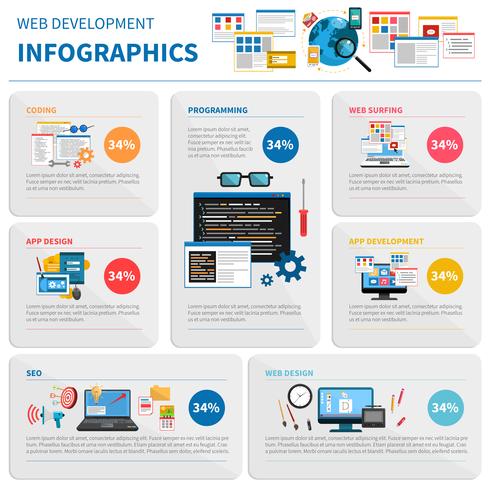The Growth Of Internet Site Layout: From Earlier Times To Currently
The Growth Of Internet Site Layout: From Earlier Times To Currently
Blog Article
Published By-Tobiasen Stender
In the past, internet sites were straightforward and focused on information. Navigating was straight, and style was for desktop computers. Currently, individual experience is vital. Data guides styles for easy navigating. Receptive formats suit various devices. Today, dark mode reduces stress, and minimalist menus boost navigation. Interactive attributes involve customers, and bold visuals stand apart. AI integration increases involvement. See how design has progressed to boost your on-line journey.
Early Days of Web Design
In the very early days of web design, simpleness preponderated. Internet sites were basic, with limited shades, fonts, and layouts. The focus was on providing info rather than flashy visuals. Customers accessed the web via sluggish dial-up links, so speed and capability were crucial.
Navigation menus were straightforward, generally located at the top or side of the page. Websites were developed for desktop, as mobile browsing wasn't yet common. Material was king, and designers focused on very easy readability over intricate design aspects.
HTML was the key coding language used, and developers had to work within its restrictions. Animations and interactive features were marginal compared to today's standards. Sites were fixed, with little dynamic material or customized user experiences.
Increase of User-Focused Style
With the advancement of site design, a change in the direction of user-focused design principles has actually come to be increasingly famous. Today, producing web sites that focus on customer experience is essential for involving site visitors and accomplishing organization objectives. User-focused style entails understanding the requirements, choices, and behaviors of your target audience to tailor the site's format, material, and includes appropriately.
see this perform comprehensive research study, such as individual studies and usability testing, to gather understandings and responses directly from customers. This data-driven strategy helps in producing instinctive navigation, clear calls-to-action, and aesthetically enticing user interfaces that reverberate with visitors. By placing the customer at the center of the design procedure, sites can supply a more customized and pleasurable experience.
Responsive style has additionally become an essential facet of user-focused layout, guaranteeing that sites are enhanced for numerous devices and display sizes. This adaptability improves availability and usability, accommodating the varied methods individuals connect with websites today. In essence, the rise of user-focused style represents a shift in the direction of producing electronic experiences that focus on the demands and expectations of the end user.
Modern Trends in Web Design
Discover the most recent fads shaping website design today. One popular fad is dark setting style, offering a sleek and modern-day look while lowering eye stress in low-light atmospheres. An additional crucial trend is minimal navigating, simplifying food selections and enhancing user experience by focusing on essential elements. Including micro-interactions, such as computer animated switches or scrolling results, can create a much more engaging and interactive internet site. Responsive design continues to be essential, making sure seamless individual experiences throughout various devices. Additionally, making use of bold typography and unbalanced designs can add visual interest and draw attention to certain material.
Integrating AI modern technology, like chatbots for customer assistance or customized suggestions, boosts individual engagement and improves processes. Availability has also become a considerable trend, with designers focusing on inclusive design techniques to accommodate varied user requirements. Embracing sustainability by enhancing internet site efficiency for speed and efficiency is an additional arising pattern in website design. Teaming up with individual feedback and data analytics to iterate and improve design continuously is necessary for remaining pertinent in the ever-evolving electronic landscape. By welcoming these modern-day trends, you can create a visually attractive, straightforward internet site that reverberates with your audience.
Verdict
As you review the development of site layout from the early days to currently, you can see how user-focused layout has come to be the driving pressure behind contemporary fads.
Embrace the journey of modification and adaptation in website design, always maintaining the user experience at the forefront.
Remain existing with the most recent fads and technologies, and never stop advancing your method to produce visually magnificent and user-friendly internet sites.
Progress, adjust, and develop - the future of web design remains in your hands.
